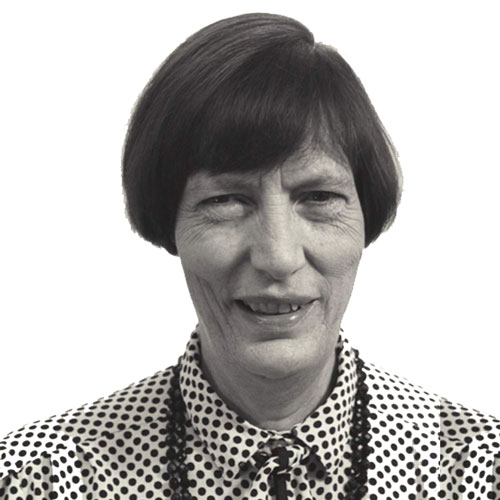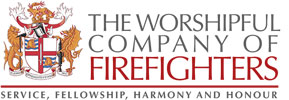 We are sad to announce the death of Margaret Law, peacefully at her home in London, on 27th August 2017.
We are sad to announce the death of Margaret Law, peacefully at her home in London, on 27th August 2017.
Margaret was born in London and graduated in physics and mathematics from the University of London (BSc). She joined the Fire Research Station in the UK in 1952, and over 20 years established herself as one of the world’s leading fire scientists, carrying out research into many aspects of fire behaviour and its effects on building materials and structures. She also became involved in the application of these research results in Building Regulations, Codes of Practice, and design guides. Particular areas of her research included ignition and fire dynamics, heat radiation from fires and requirements for building separation, as well as structural fire behaviour.
Margaret next spent a few years in the Directorate of Research Requirements at the Department of the Environment in the UK, assessing research priorities in the field of building and construction.
The application of research to solve practical problems was of particular interest to her and so in 1974 she joined the Ove Arup Partnership to act as an adviser on fire engineering for projects designed within the firm. She went on to create innovative fire safety solutions on major projects such as the Pompidou Centre in Paris and Kansai International airport. She was particularly renowned for her work on structural steelwork in fire, with codified methods still relied on today in the USA, UK and Europe.
Margaret was concerned with all aspects of fire safety, particularly in those buildings for which the standard rules and requirements of regulations were not directly applicable. She always published and explained her work, such that others could understand, interrogate, and implement it.
She was a visiting researcher at the Science University of Tokyo in 1987 and was made Visiting Professor at the University of Greenwich in 1997. She was actively involved in National and International Committees concerned with fire safety throughout her career, getting fire safety engineering principles accepted within codes / standards and the regulatory framework. She gave much time to the work of the professional institutions. In the UK, she was instrumental in developments that culminated in fire engineers achieving chartered status through the Institution of Fire Engineers.
She received a number of national and international awards, including an MBE in 1993 for her services to fire safety, and the Arthur B Guise Medal from the Society of Fire Protection Engineers in 1994.
At the end of 1990 Margaret Law retired and became a Consultant to the Ove Arup Partnership. Her book of papers “Some selected papers by Margaret Law: engineering fire safety” was produced to honour her achievements when she finished this Consultant role in 2002. Its contents are testament to Margaret’s high standards, commitment to fundamental scientific understanding, her technical rigour, and her ability to translate fundamental principles into practical building design solutions.
It is difficult to communicate just how influential Margaret’s scientific and fire safety engineering work was and continues to be.
She believed profoundly in what she termed measurement and as she herself said in her 1990 Paper - What is a Fire Engineer “Measurement and quantification are fundamental to any proper engineering design. It is sad so many people are reluctant to measure things: presumably that might cast doubts on what they know to be right”.
This belief drove her work which was always founded on quantified scientific criteria, and always rigorously derived.
Margaret expected fire safety engineers to be “tough enough to stand up to a good deal of questioning” and in turn “to be able to push other people in the same way: justify what you are saying if you expect to be taken seriously”. For some therefore she was terrifying to justify a theory to - she had a fearsome reputation, and rightly so. And this is also exactly why she was so deeply respected and so greatly admired. She was a devoted, kind and patient teacher to those of us who were lucky enough to work with her.
Margaret was a private and humble person. I don’t know if she ever understood her influence, her global reputation, and the esteem in which she was held by so many.
By Dr Barbara Lane FREng BAI CEng MIFire MSFPE
By Dr Barbara Lane FREng BAI CEng MIFire MSFPE
